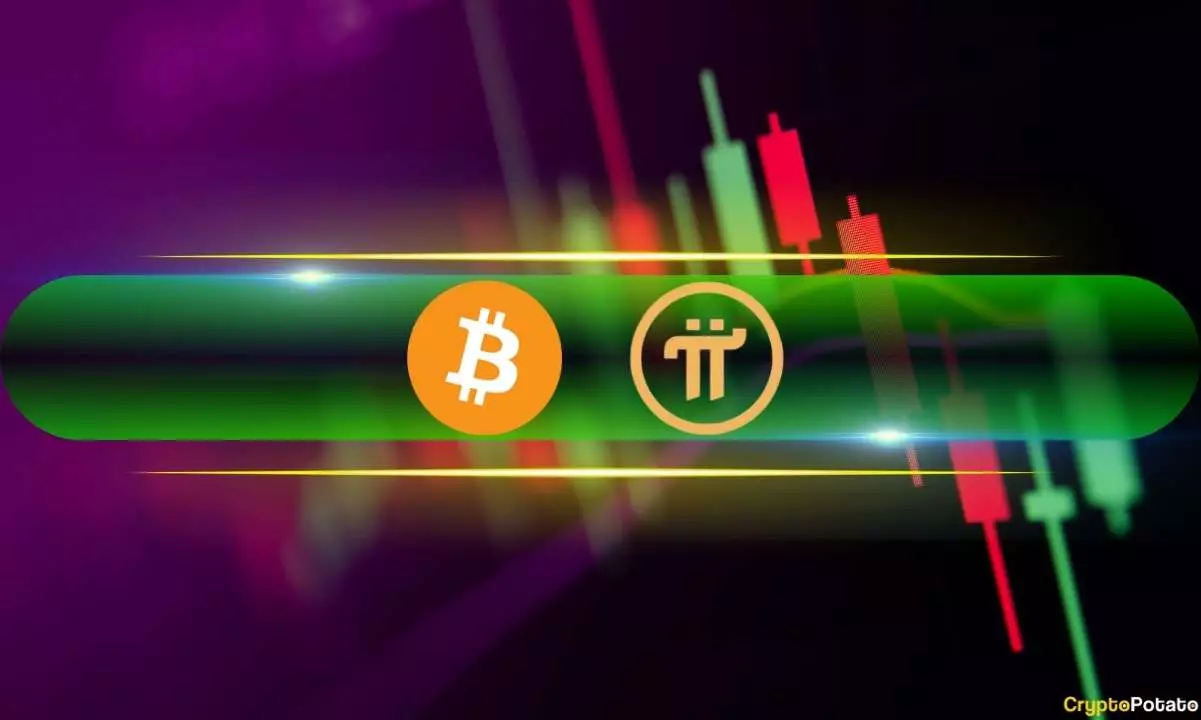In the labyrinth of cryptocurrency, Bitcoin’s recent performance has emerged as a testament to its volatility, particularly amid heightened tensions revolving around Trump’s Trade War. Whispered speculations and political murmurings have a peculiar way of sending digital currencies on frantic moonshots one day and nosedives the next. This explosive environment isn’t merely an aberration; it’s become the new norm. Bitcoin recently hovered at the $83,500 mark, yet the journey it took to get there speaks volumes about market sentiment and investor psychology.
Price Fluctuations and Their Causes
Bitcoin began this tumultuous week on a wobbly note, bottoming out at around $81,200. However, a sudden surge of optimism fueled a rally that pulled the coin back into the limelight, culminating at an impressive peak of $88,000. What sparked this meteoric rise? It appears to coincide with reports indicating Elon Musk’s estrangement from President Trump’s inner circle, suggesting a complex interplay between celebrity influence and market behavior. Yet, just as quickly, the excitement was deflated. ‘Liberation Day’ brought fresh tariffs, sending Bitcoin tumbling by over $6,000—a stark reminder of the fragility within both political and economic landscapes.
The Impact on Altcoins and Market Sentiment
While Bitcoin remains the flagship cryptocurrency, the broader altcoin market experienced its share of ups and downs. Pi Network’s token, despite being an underdog, managed a bounce-back, showing a 9% increase after hitting historic lows. However, the catastrophic 69% decline over the month reflects investor wariness and the tricky terrain these lesser-known assets occupy. Meanwhile, other altcoins like OKB reported similar back-and-forth movements, gaining traction but simultaneously surrounded by a cloud of uncertainty.
Conversely, the downward spiral of TON, LEO, and ICP accentuates a growing divide among altcoins. Some coins struggle against Bitcoin’s gravitational pull, highlighting a tough reality where not all digital assets can maintain parity amid Bitcoin’s unpredictable dance. The slight recovery seen in established coins like XRP and DOGE suggests a potential, albeit tentative, market correction, pointing to behavioral buy-in from those who remain steadfast in the face of adversity.
The Market’s Pulse: What’s Next?
Overall, the cryptocurrency market capitalization has rebounded, climbing approximately $60 billion from previous lows—now sitting at around $2.780 trillion. However, these figures are still overshadowed by uncertainty. The volatility we are witnessing isn’t merely occasional—it’s a clear signal of an increasingly politicized marketplace. Investors must remain cautious, as every fluctuation can be symptomatic of broader economic strategies enacted by governments around the world.
For anyone looking to make smart investments, understanding the nuances of cryptocurrencies against the backdrop of global politics—and specifically the erratic nature of U.S. trade policy—has never been more crucial. Investor sentiment is undoubtedly influenced by the broader economic landscape, and the dance between political events and market reactions will likely continue to define this space in the forthcoming weeks. While fortune favors the bold, prudence may just be the best partner for those navigating the treacherous waters of a volatile investment sphere.

